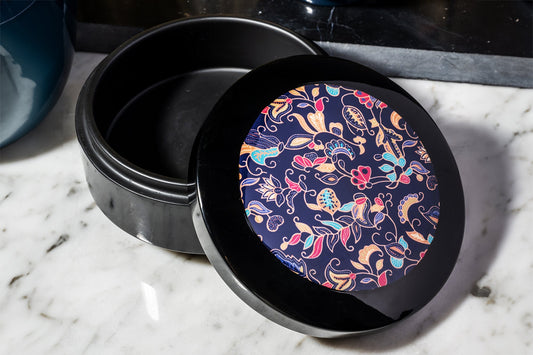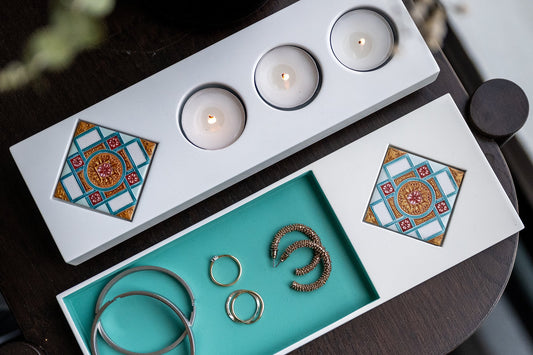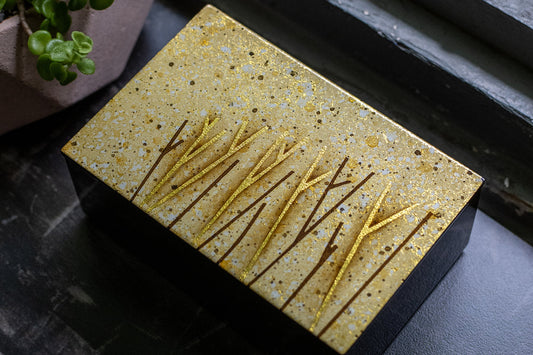With the rising interests in traditional culture, there are many who have been embracing their Peranakan heritage. To celebrate this rich and vibrant culture, Qua has our staple Peranakan collection, which aims to have elegant and timeless pieces that proudly represent this uniquely Southeast Asian community.
Many know about the lifestyle of Peranakans from the popular Singaporean drama series, The Little Nyonya. Let’s dive into the rich history of Peranakans to have a deeper understanding of them.
History of Peranakans
Peranakans are the descendants of late 15th and 16th century Chinese immigrants to the Nusantara region during the Colonial era. According to a legend, the Emperor of China sent a princess to the Sultan of Malacca as a token of appreciation for his tribute to them. Those that followed along with the princess were a group of royalty and servants, who first settled down in Bukit Cina and eventually grew into a class of Straits-born Chinese which is now known as the Peranakans.
Due to economic hardships suffered by Peranakans in China, many of them immigrated to 3 different countries — Malaysia, Indonesia and Singapore. Those that embraced the local customs, while still retaining some parts of their culture are known as Peranakans. Most of these were immigrant men who married local women.
These Peranakans created their own unique culture of food, clothing, customs, etc. We were interested in the history of the beautiful Peranakan tiles that are seen in many iconic Peranakan buildings around Singapore.
History of Peranakan Tiles
In 1935, the production of Peranakan tiles slowly diminished as the discovery of the raw ingredients used to make the tiles were found to be harmful to the human body. Later the Industrial Revolution replaced these handicraft tiles, followed by a political reform after the British left, leaving the Peranakans helpless and without support because of their perceived racial differences. From then on, there were new policies that reclassified Peranakans as Chinese, leading to the disappearance of their unique heritage.
Additionally, Industrialisation in the 1970s resulted in the demolishing of pre-war shophouses along with many Peranakan motif tiles, leaving many tiles broken, and thrown into dumps. Hence, they are now a rare sight.
With the beauty and uniqueness of Peranakan tiles, we wished to combine it with the lustre and elegance of lacquer. However, we faced the problem of getting the precious tiles that were no longer in production.

We were thankful to be able to be in contact with Mr. Victor Lim from Aster by Kyra, a member of the Peranakan Association Singapore. Since young, Mr. Lim has been a Peranakan tile enthusiast, painstakingly searching for decorative Peranakan tiles at places where old Peranakan buildings were located, such as Emerald Hill, Katong, Geylang, Killiney Road, Bishopsgate, etc.

Through our collaboration, we were able to obtain these beautiful gems of the Peranakan heritage in limited quantities. We would like to take this opportunity to also thank Mr Victor Lim for his generous help and fruitful collaboration. Visit Aster by Kyra at 37 Pagoda Street, and check out their offerings here.
Shop the Peranakan Collection.



